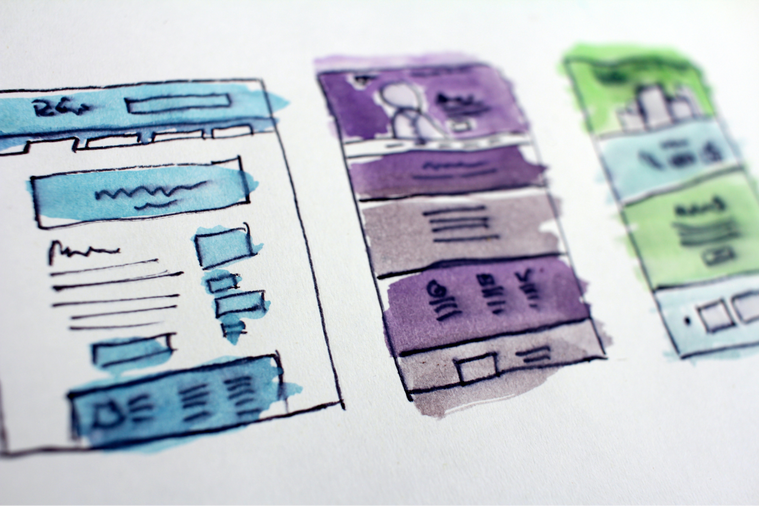How Founders Should Approach Customer Support
Introduction
In product development, prioritizing the end-user’s needs is paramount. Neglecting these can lead to product failure, increased churn, and the inevitable failure of a startup. With customers increasingly becoming the focal point of services they use — thanks to easily accessible pricing information, online review platforms, and social media — companies face greater challenges in persuasion and customer acquisition.
New products are continuously tested and phased out, leading to elevated customer expectations across the board.
Customer support or just an Anti-Lean Startup?
Many founders mistakenly believe that constantly meeting with customers can satisfy these rising expectations. In reality, many customers prefer a functional relationship with the product itself, expecting it to deliver seamlessly without much intervention – product gives, they take, no contact made.

Often founders resort to 'Customer Success' and 'Customer Support' teams to cover products’ inadequacies, intervening between the user and the product to compensate for design flaws. Top Highlight This is especially true when the design is non-intuitive, leaving users confused without support.
While sophisticated enterprise software like B2B SaaS inherently caters to complex needs and requires Customer Success (CS) team guidance, a product’s reliance on constant customer support should not be the norm. Ideally, every product should be developed with the motivation of necessitating ZERO customer support.
Though Peaka is engineered for complex data pipelines, we take pride in dedicating months to refine our user interface to its current state – customer favorite by a mile. We continue to dedicate hours to our customers, learning from their use cases and assisting them with report creation, but the majority of our interactions are directly aligned with improving the product for the future.
Many startups don’t need large support teams
Lean interaction is fundamental to understanding user experience, hinged through brief and honest communication towards improving the product. Ideally, customer success meetings should not exceed 15 minutes, conducted by people with deep technical knowledge on the product, and focus exclusively on customer feedback; guiding the startup to enhance product value and minimize support necessity. Support documentation should be succinct and readily accessible, designed to render the product intuitive enough to obviate extensive manuals and meetings.

Many founders tend to adhere to a proven framework because that's what they were taught in their consulting or IB experiences—follow a generic framework, apply it to all customers, provide minimal value, and don’t solve anything so client returns for more service:
“[The unicorn in our space] succeeded with their initiative so let’s blindly copy them.”
This approach is akin to how the majority of founders treat Customer Support teams. As startups scale, many founders tend to hire numerous personnel, who lack a deep technical understanding of the product, to interact with customers on behalf of the startup. Though many startups view Customer Success as a holy grail, companies mostly cannot get a good return on their investment.
I see two issues here that could and should be solved:
-
Since the majority of the CS hires aren’t familiar with the technical aspects of the product, they often fail to provide instant solutions, leading to 30-minute meetings that deliver ZERO value.
-
With remote work becoming more popular for these teams, many spend a significant portion of their day unproductive — believe me, I’ve seen enough proof.
How should we address these issues? If it were for me, I’d reduce the CS team’s headcount by half, replace the team with Support Engineers, and have them focus exclusively on understanding use cases and customer motives.
Some might argue that understanding customer experience and testing new features should be the domain of Product Managers or Design Architects. In my experience, Product and CS teams should operate in tandem. Support Engineers should be responsible for resolving ad hoc problems and interacting with customers to understand their long-term vision/expectations in using the product. These insights should then be passed on to the product team so the PMs can create or iterate on a roadmap that aligns with customer motivations.
Investing in your support team's understanding of the product details – both what it is & is not intended for – will significantly reduce the time spent on understanding what’s working, and often shed light on gaps in sales enablement.
Conclusion
Ultimately, the goal for startups should be to develop products that are so intuitive and well-aligned with the user segment that the need for customer support is significantly diminished. Founders should focus on lean methodologies and follow the Build–Measure–Learn principle: Improve the product, ask users how they feel about it, iterate, and repeat.
This approach not only leads to a more seamless and satisfying experience but also sets the foundation for lasting success and innovation in the dynamic world of startups. This commitment to user-centric design and proactive problem-solving is what ultimately distinguishes the most successful and resilient startups from the rest.




 Please
fill out this field
Please
fill out this field









